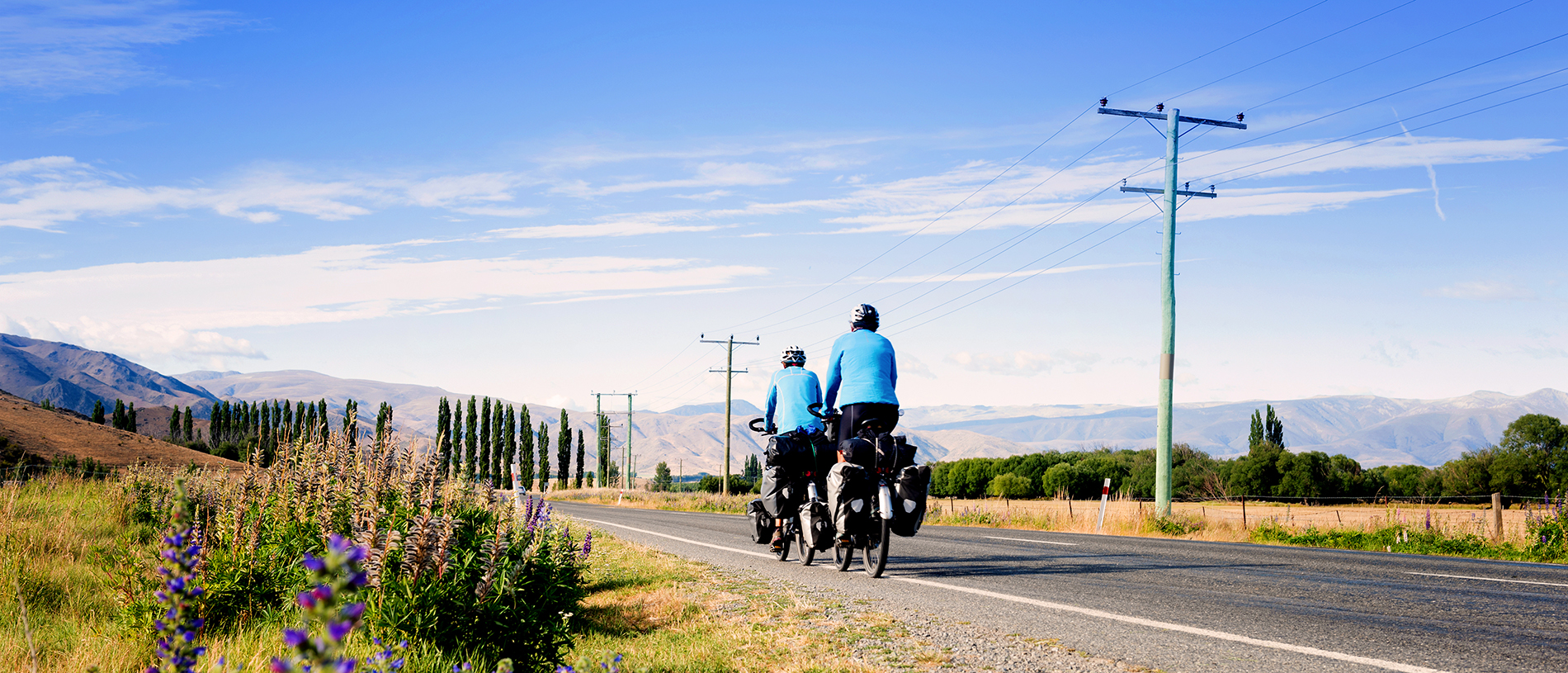
Sharing the road: improving safety for vulnerable users
With so many cars on the road it can be easy to forget the needs of more vulnerable road users. Here are a few things other road-goers would like motorists to know.
Is childhood bike riding enough to set you up for a lifetime of cycling?
You learn to balance, to lean into corners, to pedal harder in preparation for hill climbs; it becomes second nature. It all comes back the moment you climb on a bike, even if it’s been years between rides.
But with the development of e-bikes, that’s changed.

“We often refer to e-bikes as: ‘not the bike you used to ride’ for return riders”, says Marilyn Northcotte, a Wellington-based urban cycling consultant who has founded many cycling safety training courses for children and adults. Recently she has developed a series of short training courses, working with ACC and Love to Ride, an organisation that encourages cycling, to address safety issues specific to e-bike riders.
“It can often be people who have not ridden for a long time getting on the fastest, heaviest bike available.”
At heart, e-bikes are bikes, so the idea is if you can ride a bike, you can ride an e-bike. But, as Marilyn points out, they accelerate faster than conventional bikes which can disconcert unprepared riders. And because they are faster, heavier and take more time to stop, they require far more powerful brakes than standard bicycles.
And, as the uptake of e-bikes increase, so do the accidents.
“E-bikes are convenient and efficient for short distance travel, often replacing short car trips. They are used for commuting and leisure, and promoting e-bike uptake is often seen as a nation's effort towards a greener, car-lite society. But more e-bikes equals more e-bike injuries.”
The profile of crashes tends towards an older rider (55+) and more likely female than male. Incidents are mainly caused by rider error; increased speed often results in more severe injuries.
However, this should not put people off riding, says Kirsten Malpas, Injury Prevention Leader for ACC. “From ACC’s point of view, we want to encourage people to ride, but we want them to ride in a way that means they can keep riding and keep enjoying it.
“People just need to recognise that e-bikes are very different – and people riding them are different. Drivers, too, are still getting used to e-bikes, seeing them in a different position on the road and more likely to be keeping up with traffic.”
Kirsten references the wider ACC Prevention Programme that features ‘have a hmm’ messaging, encouraging people to stop and think before doing something potentially dangerous.

“This idea can also apply to e-cyclists,” she says. “People are shifting from the thinking that an accident is just an accident, to an accident being something you sometimes have some control over. So, for e-cycling, it would be applying that thinking to considering your skills level, equipment and location – does the road or track you’re on match your riding ability?”
Awareness of your skill levels is just one element of Marilyn’s e-bike safety course. She also provides bike handling tips, safety checklists, covers protection equipment, speed, stopping safely, cycling rules and regulations and more. Hosted on the Love to Ride NZ website, there are four quick quiz courses:
If you're an AA Member and your bicycle or e-bike breaks down on the road, you can call the AA for assistance. In most cases they’ll fix the problem at the roadside and have you safely on your way, or if extra support is needed, they’ll arrange for you and your bicycle or e-bike to get to the nearest place of safety or repair.
Story by Kathryn Webster for the Summer 2024 issue of AA Directions Magazine. Kathryn Webster is the Editor of AA Directions magazine.